Green Custard Apple Plant (Annona reticulata) – Tropical Fruit Plant for Your Garden
The Green Custard Apple (Annona reticulata), also known as Sugar Apple or Cherimoya, is a tropical delight that combines beauty and delicious fruit in one plant. Ideal for home gardeners and fruit enthusiasts, this plant is a wonderful addition to your garden or patio, offering both aesthetic appeal and tasty, nutrient-packed fruits.
Benefits of Growing Green Custard Apple:
-
Delicious, Sweet Fruits
The Green Custard Apple produces creamy, sweet, and custard-like fruit that is perfect for fresh eating, smoothies, desserts, and fruit salads. The fruit’s unique flavor is a favorite in many tropical regions, offering a refreshing taste and creamy texture. -
Rich in Nutrients
This tropical fruit is not only delicious but also packed with vitamins, minerals, and antioxidants. It is a great source of Vitamin C, which supports immune health, and it provides fiber and potassium to support digestive and cardiovascular health. -
Easy to Grow
Green Custard Apple is an ideal choice for beginner gardeners. With minimal care, it thrives in warm, sunny environments and can be grown in containers, making it perfect for both small and large gardens. -
Adds Tropical Aesthetic
With its lush, green foliage and beautiful fruit, the Green Custard Apple plant adds a tropical touch to any garden or backyard. Its unique appearance and aromatic flowers attract pollinators like bees, making it an environmentally friendly choice for your garden.
Maintenance and Care for Green Custard Apple:
-
Sunlight
Green Custard Apple plants require full sunlight for at least 6-8 hours a day. Ensure your plant is placed in a sunny location for optimal growth and fruit production. -
Soil Requirements
This plant prefers well-draining soil that is slightly acidic. Ensure the soil is rich in organic matter to promote healthy root growth and overall plant health. The pH level should ideally be between 5.5 to 6.5. -
Watering
Water the plant regularly to keep the soil consistently moist, but be careful not to overwater. Over-watering can lead to root rot. It is essential to allow the top inch of soil to dry out between waterings. -
Temperature
The Green Custard Apple thrives in warm climates. It is best suited for temperatures between 25°C to 35°C (77°F to 95°F). If you live in cooler regions, consider growing this plant in a pot, so it can be moved to a warmer spot when needed. -
Pruning
Prune the plant occasionally to remove dead or damaged branches. This will help improve air circulation and encourage healthy growth. Pruning also allows the plant to maintain a manageable size and shape. -
Fertilization
Fertilize the Green Custard Apple plant with a balanced, slow-release fertilizer during the growing season (spring to summer). This will support healthy foliage and fruit production. Avoid fertilizing during the dormant period in the colder months.
How to Care for Your Green Custard Apple Plant:
- Planting: Choose a sunny spot with well-draining soil. For container gardening, use a large pot with drainage holes.
- Watering: Maintain moderate moisture in the soil, avoiding sogginess. Water regularly, but allow the soil to dry out slightly between waterings.
- Mulching: Mulch around the base of the plant to retain moisture and regulate soil temperature.
- Protection from Cold: In cooler climates, protect the plant from frost and cold winds. Grow in containers for easy mobility.
Why Choose VGR Gardens for Your Green Custard Apple Plant:
At VGR Gardens, we offer premium Green Custard Apple plants that are healthy, vibrant, and ready to be planted. Whether you’re a seasoned gardener or a beginner, our plants are grown with care, ensuring they will thrive and reward you with delicious fruit for years to come.
Order Now to start growing your own tropical fruit and experience the benefits of home-grown Green Custard Apple!
VGR Gardens – Your Trusted Online Plant Store
At VGR Gardens, we offer a stunning collection of live plants, carefully nurtured to bring beauty to your home and garden. Our plants are delivered right to your doorstep, ensuring both convenience and quality.
Shop from the comfort of your home and add vibrant live plants to your collection.
As one of India’s leading online nurseries, we specialize in return gift plants, live plants, pot plants, and exotic flowering varieties. Visit our website www.vgrgardens.com to explore our collection and place your order today!


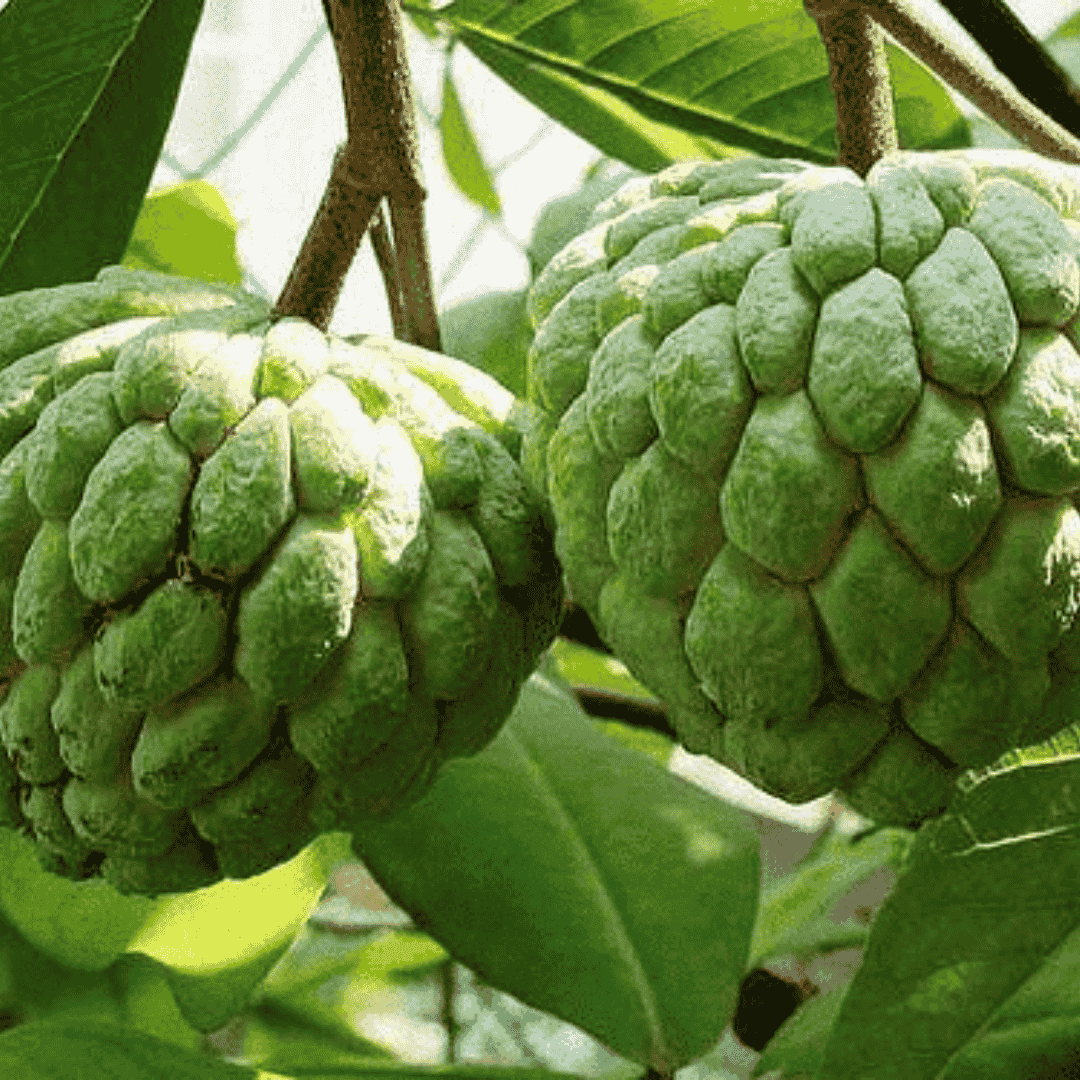
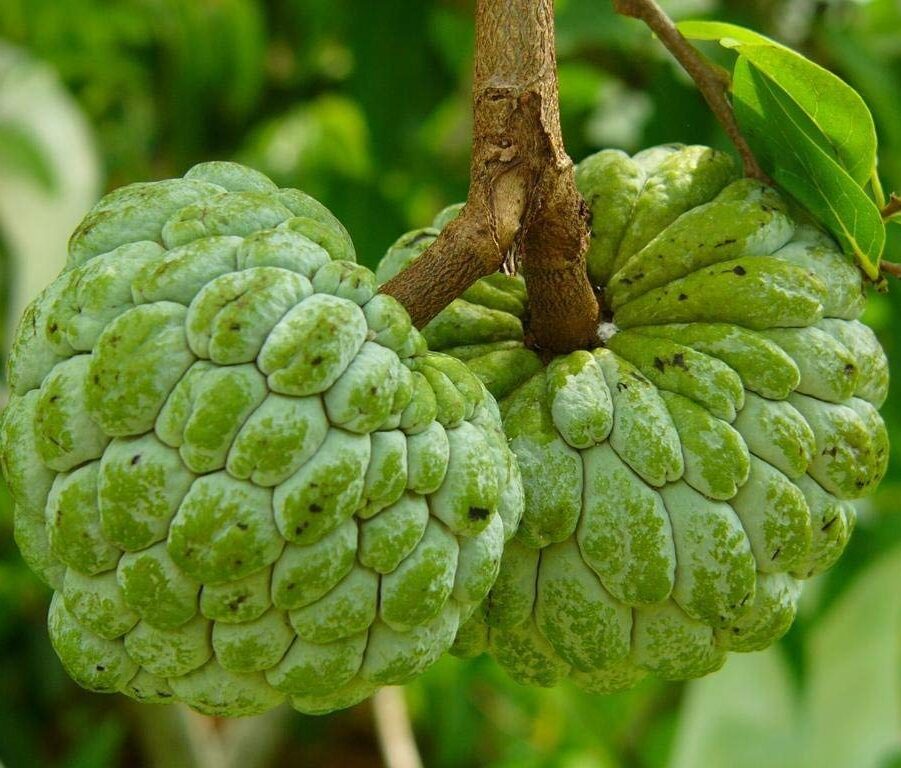
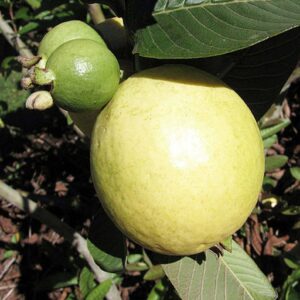
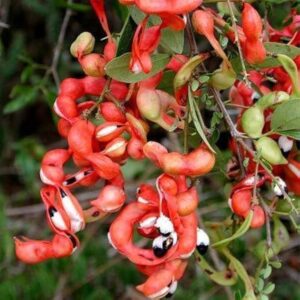
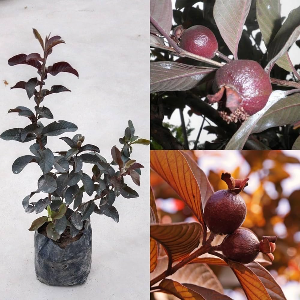
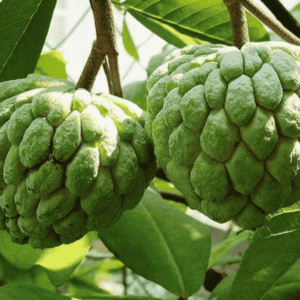
Reviews
There are no reviews yet.